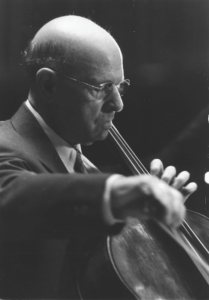
- This event has passed.
Festival Pablo Casals, Prades
28th July 2023 - 8th August 2023
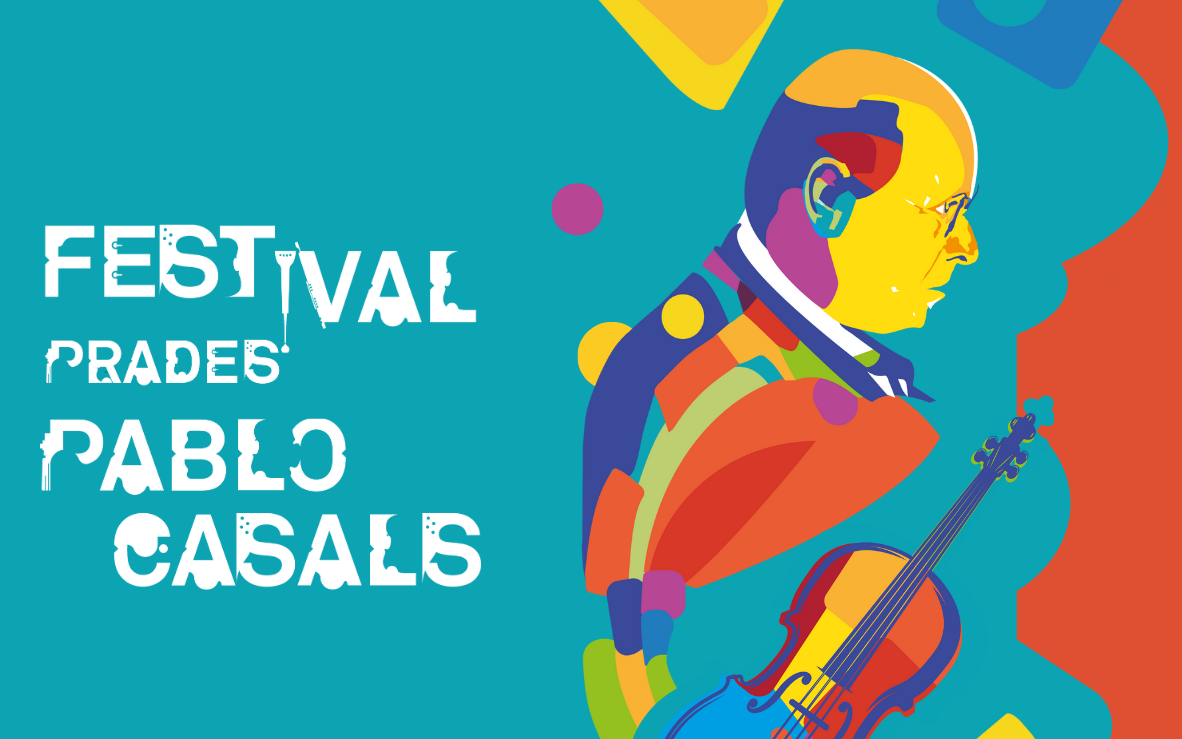
Festival Pablo Casals
As one of the most respected chamber music festivals in France and, indeed, in Europe, the event organisers consistently attract soloists and larger groups of the highest quality to perform in the beautiful abbey of Saint-Michel de Cuxà.
The festival

The festival pays particular homage to Casals’ pacifist activism. Himself a refugee fleeing the Franco regime, he committed as much time to campaigning for peace as he did to performing music, famously asking Albert Scweitzer “why not create and protest at the same time?”. He was even approached to accept the Nobel Peace Prize!
Started in 1950 in Prades, Casals explained that the “festival was a necessary thing, like a debt that I had towards the town that adopted me”. Each and every year since, the festival has presented an inspiring series of concerts played by some of the greatest musicians of our day. Pablo Casals himself participated up to the age of 90!
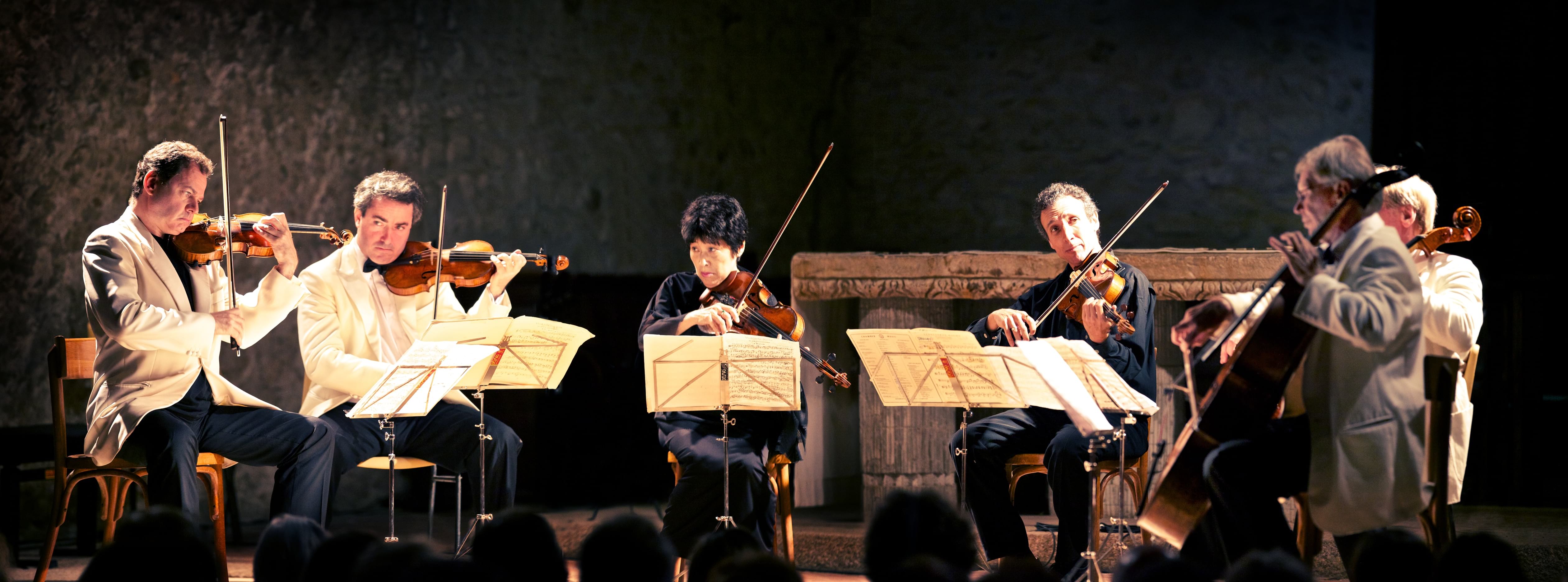
Inspiring Youth
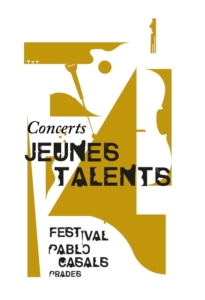 In 1976, at the suggestion of the violinist, Fred Mucciolini, an Academy of Music was set up to welcome young musicians and give master classes in the art of chamber music.
In 1976, at the suggestion of the violinist, Fred Mucciolini, an Academy of Music was set up to welcome young musicians and give master classes in the art of chamber music.
The student concerts, usually held in the last week of the festival, present a great opportunity to visit the charming villages of the Conflent and to listen to the stars of tomorrow performing in the small churches packed full of Baroque art and proud parents. The atmosphere is intimate and the size of the churches ensures that everyone can see and feel a part of the event.
Arriving early you can stroll around the picturesque villages, enjoy their beauty, stroll along the cobbled streets and discover the old stone buildings before going into the cool church to make the most of the music.
The standard is unbelievably high and the pieces are played with a passion that is almost tangible. All you are asked to do is to contribute to the students’ end of term party.
The Venues
St Michel de Cuxa
The main venue is St Michel de Cuxa, a beautiful and peaceful abbey dating back to the 10th century. It is still home to a small monastic community.
The graceful Roman cloisters are the perfect place to mingle with music lovers, local and international before the concert begins, although you may notice that half the cloisters are missing; they are to be found in the Cloisters Museum in New York!
Once inside the cool abbey, watch out for the small bats flitting about in the high vaulted ceiling. But, once the musicians start playing, the bats are forgotten; the exceptional acoustics accentuating the talent to perfection.

Prieuré de Marcevol, Arboussols
Restored in the 80s and 90s, Marcevol and its ancient 12th century priory, was one of the pilgrim stops on route to St Jacques de Compostelle and is known for its excellent acoustics.
This ancient building is a majestic setting, surrounded by pure air and unspoilt nature. Calm and serene, it is ideal place to enjoy the inspiration programme on offer.
Fond out more here.

Grottes de Grandes Canalettes, Corneilla de Conflent
Opened in 1954 by the Castillo family, these fascinating caves have been formed naturally by erosion from water trickling down through the rock and turning into underground rivers that have hewn passages, sculpted walls and created vast chambers.
This network of spectacular caves leads visitors deep into the heart of the Massif du Canigou mountain range, 300m from the medieval fortress town of Villefranche-de-Conflent,
Find out more here.
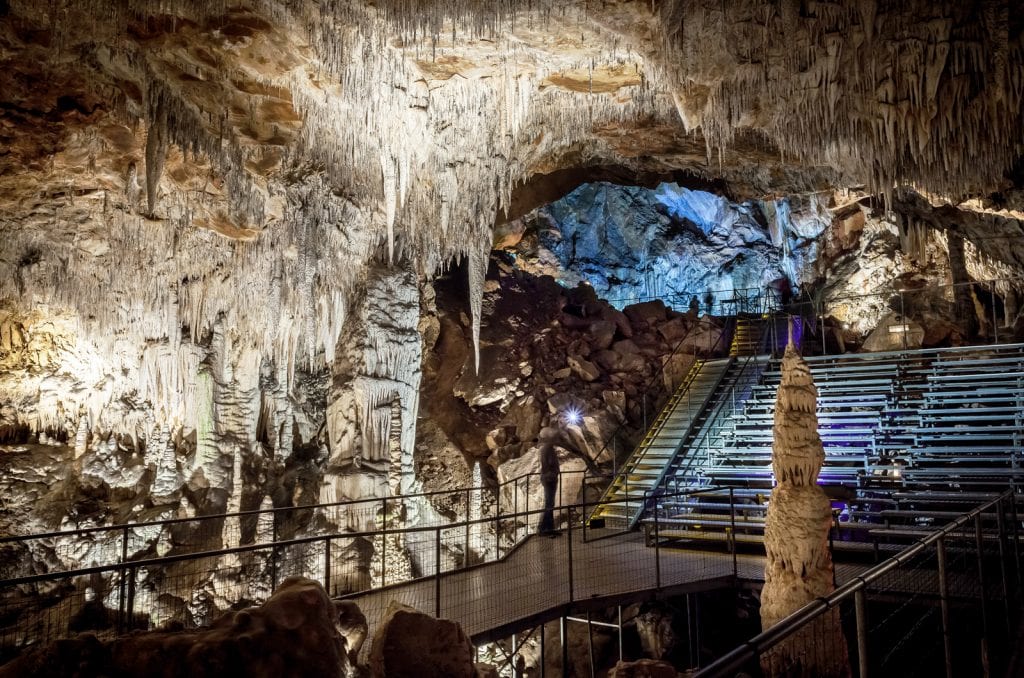
Eglise St Pierre, Prades
One of the most important monuments in Prades is undoubtedly the Church of St. Peter. It was built in the 17th century on the foundations of a Romanesque church, of which only the 12th-century Lombard bell tower remains today.
The church is home to the largest baroque altarpiece in France, constructed by the great Catalan sculptor Joseph Sunyer. He dedicated his work to Saint Peter, considered to be the first Pope and patron saint of the town.
Find out more here (in French).
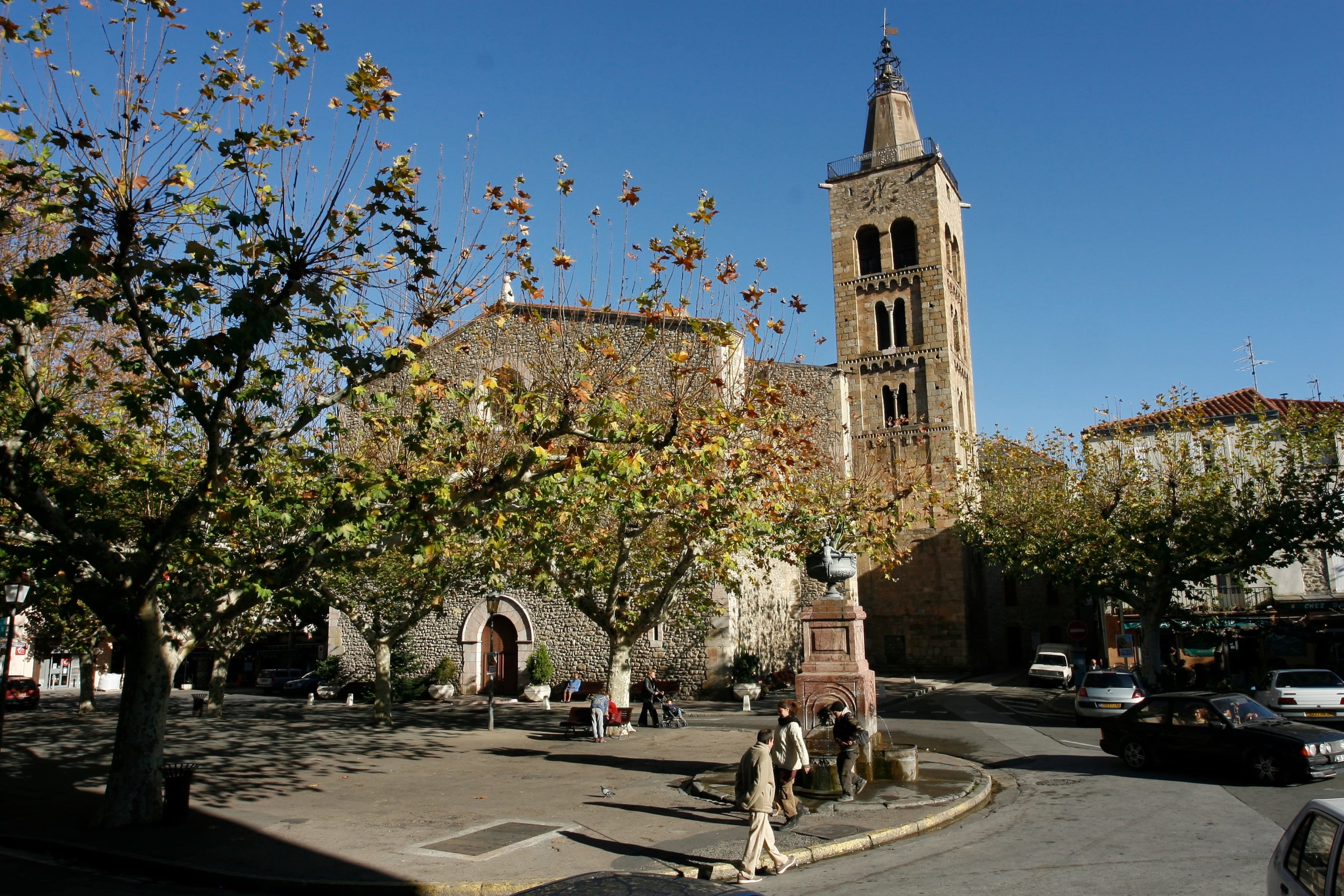
Prices
There are multiple options, from single concert passes to a full festival pass.
Details and reservations here.
Contact
Festival Pablo Casals
BP 500 24 – 33 rue de l’Hospice
66502 PRADES Cedex
Tel : 04 68 96 33 07
Email : contact@prades-festival-casals.com
Website: www.prades-festival-casals.com

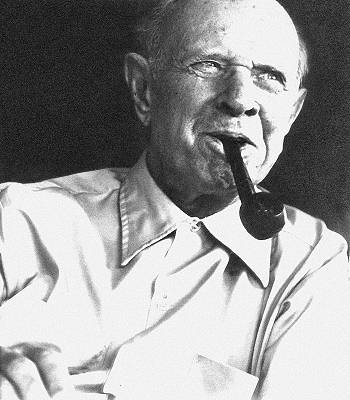 Pau Carlos Salvador Casals i Defilló (29th December 1876 – 22nd October 1973), commonly known as Pablo Casals, was a virtuoso Catalan cello player, and later conductor.
Pau Carlos Salvador Casals i Defilló (29th December 1876 – 22nd October 1973), commonly known as Pablo Casals, was a virtuoso Catalan cello player, and later conductor.